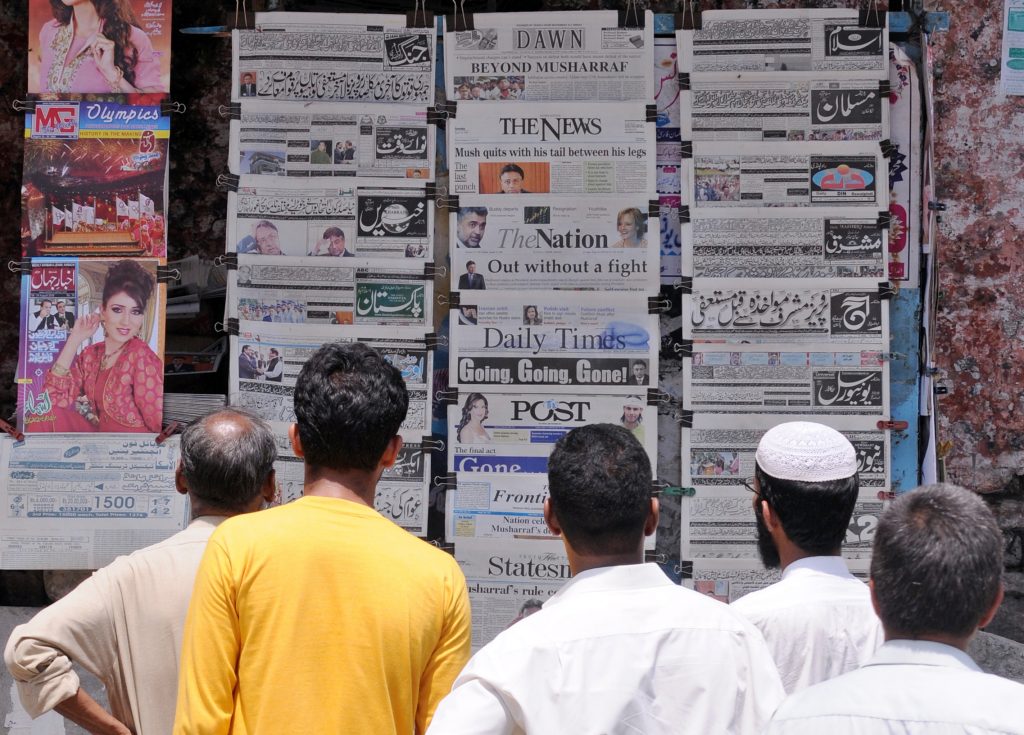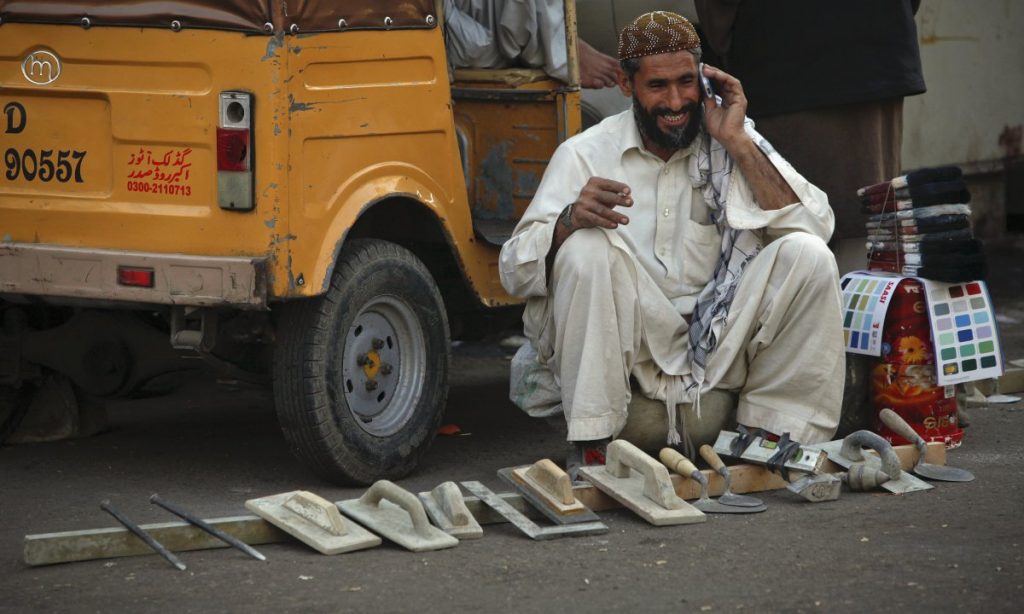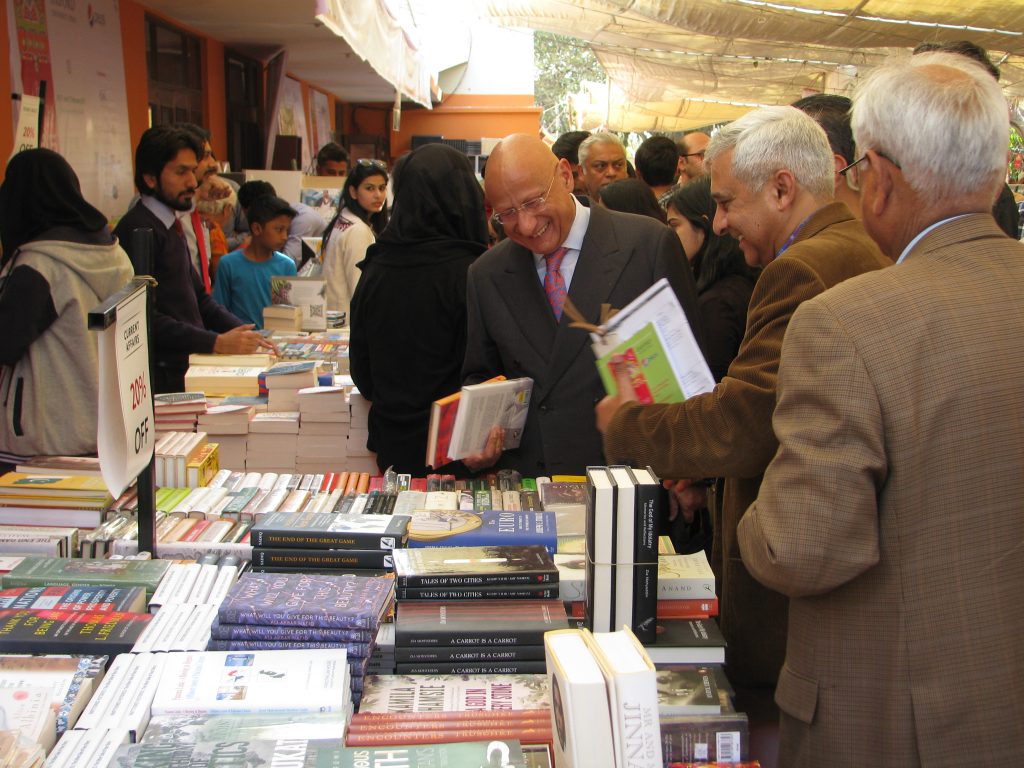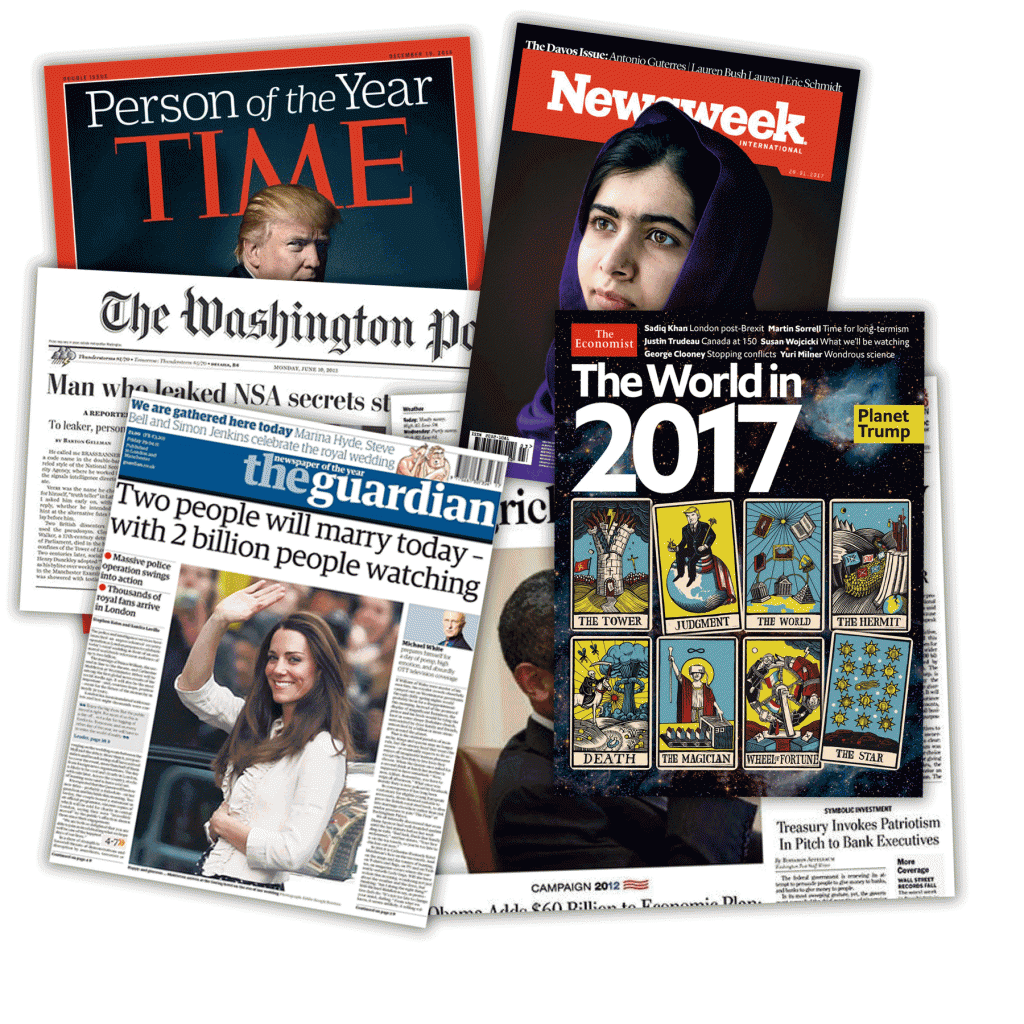Survival of the Slickest
By Javed Jabbar | Media | Published 8 years ago
Javed Jabbar is a former Senator and Federal Information Minister and has authored 14 books.
Pakistan is the scene of curious contrasts between the realms of print and digital. With even optimistic estimates of print literacy being about 60 per cent, we are way behind Sri Lanka with over 90 per cent. Yet cellphones and smartphones have become, for the print-illiterate, the literate aids to new frontiers of comprehension and communication. Thus, digital media have brought a new kind of multi-sensory, multi-faceted literacy — including a broad, rudimentary print literacy — to large masses of people who have never subscribed to a daily newspaper or ever read a magazine or a book.

TThe elements of print — numbers, letters, alphabets, words, images — are entirely available through digital forms. Even if the “media” go out of “print media,” the essence of “print” will remain forever. This prospect reminds one that, in continuum and in fulfilment of the prescient observations of Marshall McLuhan, the first philosopher of electronic media, “The content of one medium is always another medium.” The content of radio is sound, which is a medium in itself. The images on TV are media in themselves. One other perceptive formulation by him was: “The medium is the message,” later, aptly adapted to: “The medium is the massage.”
The total circulation of printed newspapers and magazines in Pakistan, according to optimistically, officially audited data, does not exceed two-and-a-half million copies. Even with six to seven readers per copy, the total readership of daily newsprint media or current affairs printed journals does not exceed 20 million people. This means that only about 10 per cent of the approximate population of 200 million are regularly interacting with the newsprint media. On the other hand, the number of cellphones/SIMs is estimated to be well over 100 million. So the difference between audiences reached by the two media are enormous. Yet the figures are also misleading because a substantial part of the content transmitted through cellphones and smartphones, even to print-illiterate users, is derived from the print media. Millions of students use printed textbooks while print material is also used in other sectors.
Digital technology encompasses all media, including print. Print and paper are synonymous. Even though print also appears on cloth, wood, glass, tin, plastic, steel, et al. Digital is principally associated with silicon, miniaturisation, nanotechnologies. Paper is real, digital is ethereal. Paper is warm, digital is cold. Paper is about soul, digital is about space.
Print media place content implanted onto paper in your hands. Digital media place the same content on a screen. Paper spurs deep connectivity through our primary senses of touch, sight, smell (the aroma of trees), even sound (the rustle and whisper as pages are turned). Forms of digital content span the unconnected, cool, touch-screen connectivity of wi-fi. Print media do not need digital media to survive. But for the digital media, print will always be indispensable.

Print on paper is inherently collaborative. Writer, reporter, sub-editor, news editor/Op-Ed editor, editor, publisher, printer, distributor. Digital media are intrinsically solitary even though they are termed “social media.” A single blogger, a single server are enough to reach the world.
Historic transitions of mass media from, for instance, oral or visual (cave painting, cuneiforms) or hand-crafted or hand-written media to print media, and to the advent of the telegraph, the still camera, radio, recording tape, the motion picture camera, cinema, TV and video, did not significantly alter or reduce the role of print media. In fact, the print media grew substantially in the first six to seven decades of the 20th century simultaneous to the rapid spread of new non-print media.
It is only with the advance of computers, wireless technologies and digital media, in and onwards of the 1980s, that printed newspapers and magazines have started to recede in several western and other countries. But the same trends are not evident in countries that comprise about half of the world’s population such as India and China, and some others, where circulation of printed newspapers remains either steady or, in some cases, as in India, steadily growing.

The reasons for the stagnation or slow growth or decline (in Pakistan), as the case may be, of newsprint media and magazines in different categories, are varied. These include problems of retaining easily-accessible retail and sales points in times when rapid urbanisation has escalated the cost of real estate and space for newsstands and bookshops. Lack of security and weak enforcement of law and order also impact on the ease with which newsprint media can be distributed. As Pakistan — unlike India which produces substantial quantities of newsprint — imports the bulk of its paper requirements from overseas countries, the cost of, say, a daily English newspaper at Rs 20 per copy — compared to an Indian equivalent at Rs 3 or Rs 5 per copy — places Pakistani newsprint media beyond the reach of many pockets. The disproportionate share of about 40 per cent of the cost being taken by distributors and hawkers of newspapers exaggerates the price of Pakistani print journals.
Yet, despite the notable success of online networks that now bring job-seekers together with potential employers, the paid-for classified pages of two leading newspapers continue to fetch high levels of response and revenue for the two media groups they represent. Which means that even as digital means of communication increase and cover millions, print retains a primacy in fundamental aspects of livelihoods, property, rentals, sales, contracts and new opportunities.
Print has a curious, multi-sectoral, multi-dimensional permanence. Hand-written books preceded mass-production printing technology. Printed books are likely to survive the spread of the digital media. In 2016, in possibly the world’s most digital-media-minded country, the USA, the publishers’ forum announced that in 2015, sales of books printed on paper had increased while digital media, Kindle, book sales declined. The beauty of books is unrivalled by any other medium, period. Not just any other printed form, but any other medium.

Print in cyberspace, print on screens of computers and hand-held cellphones, print transmitted through electronic means, print used for religious texts (even in the foreseeable future one cannot visualise a Muslim family’s home without a paper version of the Holy Quran). In non-mass media such as posters, stickers, handbills, banners, outdoor billboards for commercial promotion, texts and manuals for education, for training, for collectively shared laws, regulations and rules in three-dimensional form — print is pivotal to communication. At least in the foreseeable future.
Casualties in the global print media, as a result of the advent of the internet and digital media in the USA and the UK, include the dissolution of Newsweek, the notable decline of advertising in Time and the steady loss of subscribers for daily newspapers and magazines. In contrast to the decline of the two major American news weeklies, The Economist from London maintains a strong subscriber base with positive trends in numbers and revenue.
Fortunately, some others survive, particularly two newspapers in the USA and one in the UK that sustain high standards of journalism, The New York Times and The Washington Post, and The Guardian. The last of these three is like the walking wounded. The Guardian loses hundreds of thousands of pounds every year but is, fortunately, bravely sustained by a trust which earns millions from its other assets and investments.
Readers who have switched to the web versions of printed newspapers in decline, are not yet sufficient to compensate for previous levels of revenue. The tendency of internet users to go only to news reports and analyses featured on Twitter, Facebook, etc. does not automatically lead to comprehensive reading of all the reading-worthy content that has appeared on other pages. Nor do the web versions of all printed newspapers necessarily, in all cases, reproduce in entirety the content carried in print.

In Pakistan, despite the irony of tens of millions of people bypassing formal print literacy to become phonetically or electronically literate through the use of cellphones, print media’s possibly positive future is shaped by at least five factors.
- The sanctity of print compared to the transience of TV or radio, reinforced by courageous and qualitative journalism.
- The ease with which printed newspapers and journals can commence publication after the 180-degree change from the Press and Publications Ordinance of 1960/62 repealed in September 1988 to be replaced by the Registration of Printing Presses and Publications Ordinance 1988 and its amended versions thereafter. Virtually anyone and everyone who has not been convicted of grave criminality and who is a Pakistani citizen can become a publisher or editor, regardless of qualifications in journalism or the media. There are hundreds of publications that are printed with only a few copies to fulfill formalities and to advance the non-journalistic aims of publishers.
- Due to the centralised control of advertising by government ministries, departments and corporations, both at the federal and the four provincial levels, newspapers and magazines with even relatively limited circulation will continue to receive a minimal volume of official advertising through regional quotas for the print media that operate on only a limited, though not on a national scale. But there is adequate income to keep them going, with corrupt practices also facilitating continued existence.
- As a consequence of cross-media ownership by which firms, in their own names or under alternative front names, can simultaneously own both the print and electronic media, even loss-making newspapers and magazines will be sustained by such groups which provide subsidies from income earned either from electronic media, or from their non-media-related commercial enterprises.
- With ownership and editorship of newspapers and magazines — except in a handful of cases — being vested in one and the same individual or family, association with printed daily newspapers and magazines brings both tangible and intangible benefits and privileges to proprietors. Such benefits can range from the relative ease with which entry is gained into the circles of power and influence to obtaining permits and plots set aside for journalists.
Print media in the digital age may adapt and survive to remain irreplaceable. New dimensions are opening with Artificial Intelligence, Augmented Reality, Voice Computers and other transformative technologies. If careful scrutiny of content before publication is shaped by the principles of fairness, balance and truth, the print media faces an enduring, enriching future.


